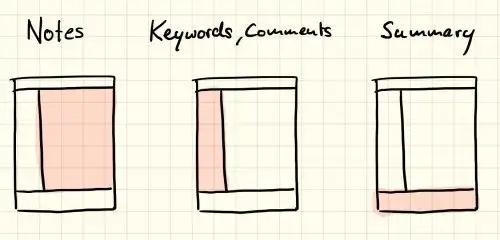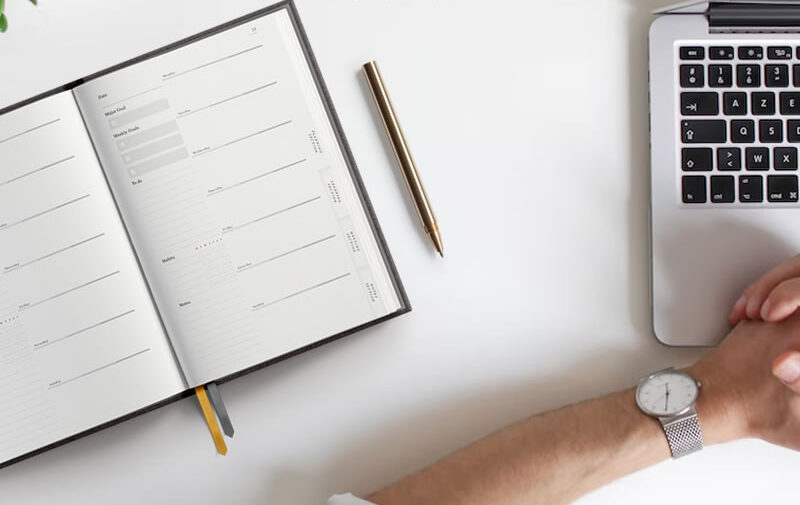PRODUCTIVE PASTOR
Notes

Tips for writing meeting notes
Structure is obviously an important element to writing good notes, but you need to have good note-taking skills as well. Otherwise, you’re going to struggle to keep up with the pace of the meeting, which can cause you to fall behind and miss important information. If you’re struggling to take notes and follow the discussions in your meeting, below are some tips that can help.
Stick to pen and paper
A lot of people like to take notes on their laptop or tablet because it’s easier to edit and organize their notes and tasks, but it might be working against you. According to researchers, the best way to take notes may be with pen and paper as people taking notes on laptops are more likely to type verbatim notes, whereas people using pen and paper tend to write down the key points. In other words, that laptop or tablet may be slowing you down and cluttering your notes with irrelevant information. Writing notes by hand can also help you follow the meeting agenda more closely.
Use shorthand
Did you know there’s an entire writing system for taking notes? It’s called shorthand, and it’s commonly used by people who’re required to take a lot of notes at work, like administrative assistants and stenographers. With shorthand, you can write as fast as 225 WPM once you’ve mastered the system. The downside is that you’ll have to learn a slightly different writing system that looks like scribbles, which can take time for you to get used to.
Simplify your messages using codes
If you have a meeting at the end of the week, you probably won’t have the time to learn shorthand over the next few days. You can still speed up your writing by using simplified codes.
- If there’s a topic that’s important, add a “!” in front of it
- Instead of writing “asked a question,” denote questions with a “?”. E.g. “Brian ? when the project is due”
- Abbreviate words whenever possible. Minimum becomes min, maximum becomes max, quantity becomes qty, and so on
If you’re a fan of the Bullet Journal method, try taking your meeting notes in your Bullet Journal. It’s already got a coding system of its own for you to follow. If you’re unfamiliar with Bullet Journaling, we’ve got a guide on it that you can use to help you get started.
Tips originally posted here.
Cornell Note-Taking System
It requires very little preparation which makes it ideal for note-taking in class. The page is divided into 4 — or sometimes only 3 — different sections:
- One block at the top of the page
- Two columns
- One block at the bottom of the page
Taking Cornell notes is straightforward: all actual notes go into the main note-taking column.
The smaller column on the left side is for keywords and questions — you can think of this section for recording hints and prompts about the material, and an outline that helps you pinpoint where you’ve recorded each bit of information.

Outline method
Ideally, your team shares the meeting agenda beforehand. If they do, use that as an outline for your notes. List those key points out based on the agenda. Then, as the meeting progresses, take notes underneath each agenda item.
Quadrant method
Separate your notes into four different quadrants, and label each section as general notes, action items for self, action items for other team members, and questions. In the general notes section, jot down key points and important details from the meeting. The rest of the quadrants are reserved for the items that fall underneath those headers.
